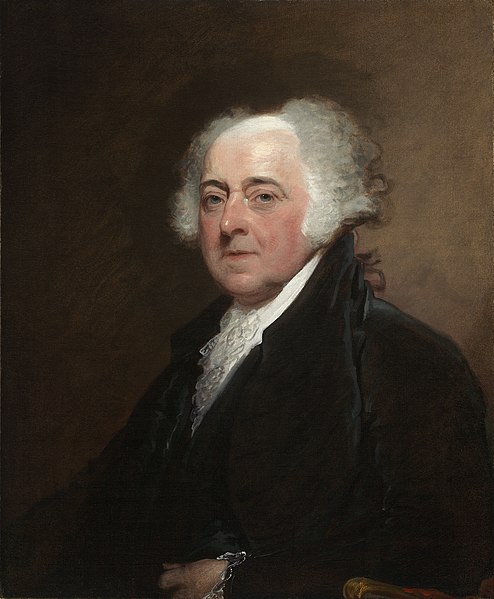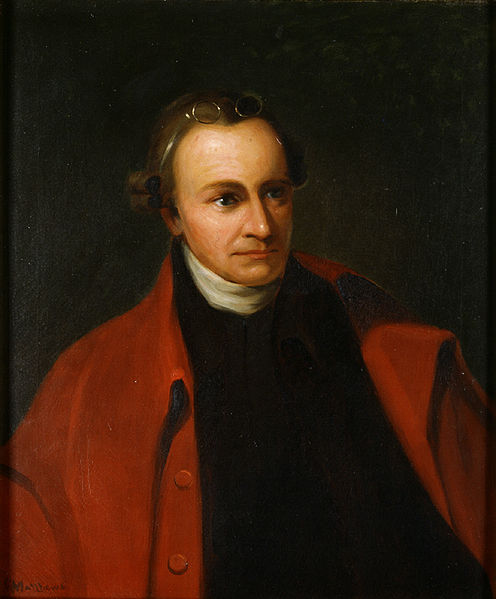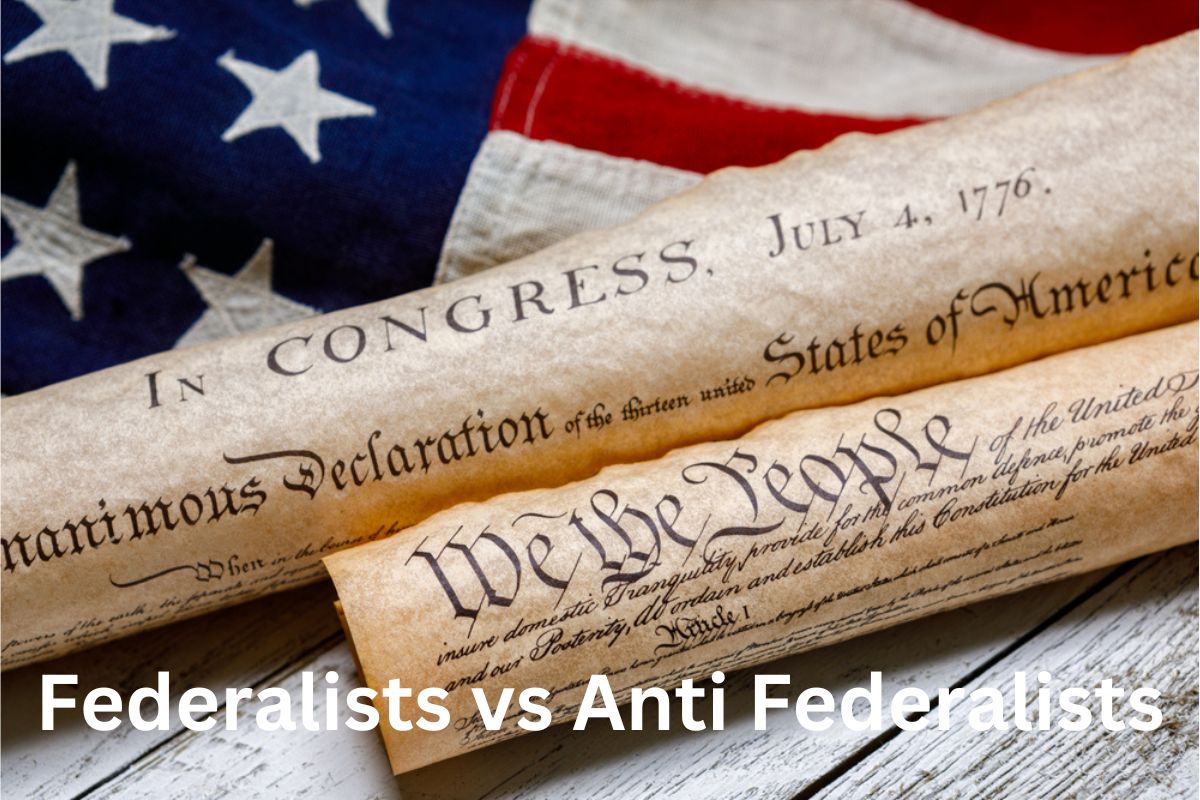Federalists and Anti-Federalists were political factions in the late 18th century fight over ratifying the United States Constitution.
Federalists favored ratifying the Constitution and establishing a strong central government, whilst Anti-Federalists opposed it and argued for states’ rights and a limited federal government.
The Federalists, led by Alexander Hamilton, James Madison, and John Adams, advocated for a strong central government and economic system. They believed that the new Constitution would provide the necessary framework for the country’s stability and prosperity.
Also Read: Jefferson vs Hamilton
The Anti-Federalists, on the other side, were afraid that a strong federal government would damage states’ rights and individual liberty. They said that the proposed Constitution gave the central government too much power and did not fully protect citizens’ rights.
The Federalists eventually won the debate, and the US Constitution was approved in 1788. The battle between Federalists and Anti-Federalists, on the other hand, raged on and had a long-lasting impact on the evolution of American politics and government.
| Aspect | Federalists | Anti-Federalists |
|---|---|---|
| Views on Federal Power | Advocated for a strong central government with substantial powers vested in the national government. Supported ratification of the Constitution as drafted. | Preferred a weaker central government and stronger state governments to protect individual liberties. Wary of centralized power. |
| Need for a Bill of Rights | Believed a bill of rights was unnecessary, as they thought the Constitution already protected individual liberties. Concerned that listing specific rights might limit them. | Insisted on the inclusion of a bill of rights to explicitly safeguard individual freedoms from potential abuses by the federal government. |
| Representation and Democracy | Valued democratic principles but believed the system of checks and balances outlined in the Constitution would prevent tyranny. | Championed more direct forms of democracy and were concerned that the Constitution favored the wealthy elite, potentially oppressing ordinary citizens. |
| Economic Views | Supported policies promoting economic development, such as establishing a national bank and tariffs to protect American industries. | More skeptical of such measures, fearing they could benefit the wealthy at the expense of the common people and infringe upon states’ rights. |
Federalists vs Anti-Federalists
The Federalists were supporters of a strong central government and economic system. They hoped that the new Constitution would provide the foundation for the country’s stability and development.
On the other hand, anti-Federalists feared that a powerful federal government would jeopardize state rights and individual liberty. They said that the proposed Constitution granted too much power to the central government and did not adequately protect citizens’ rights.
Who Were the Federalists?
The Federalist Party emerged in the early 1790s, when the country moved from a loose confederation of states to a more centralized federal administration.
The Federalists advocated for a strong central government with vast powers to control business, keep order, and protect the country. They also believed in a strong executive branch, with the President wielding significant power, as well as a robust federal judiciary.

Alexander Hamilton, the first Secretary of the Treasury, James Madison, one of the principal architects of the Constitution, and John Adams, the second President of the United States, were some famous Federalists.
Also Read: Facts About Federalism
The Federalists advocated a strong national bank, a strong military, and a strong economic structure that rewarded commercial interests.
The Democratic-Republican Party, led by Thomas Jefferson and James Monroe, opposed the Federalist Party. The Federalists were defeated in the 1800 election by Thomas Jefferson and the Democratic-Republicans.
Also Read: Accomplishments of James Madison
As American politics became increasingly dominated by the Democratic-Republican Party and its successor, the Democratic Party, the Federalist Party progressively deteriorated and eventually disintegrated in the late 1810s.
Who Were the Anti-Federalists?
Anti-Federalists were a political party in late-nineteenth-century America who opposed ratifying the United States Constitution and pushed for a more restricted federal government.
They argued that the proposed Constitution gave the central government too much power and did not fully guarantee the rights of states and individuals.

Patrick Henry, George Mason, and Richard Henry Lee were some of the more famous anti-Federalists. They were largely rural, agrarian, and working-class people who worried that a powerful federal government would damage state rights and individual liberty.
They argued for the addition of a bill of rights to the Constitution to ensure that citizens’ rights were protected.
Also Read: The Bill of Rights Facts
Although the Federalists eventually won the debate and the United States Constitution was approved, Anti-Federalist beliefs shaped the evolution of American politics and government.
Concerns over the concentration of power in the hands of the federal government led to the insertion of the Bill of Rights, which codified people’ rights and restrained the federal government’s power.
